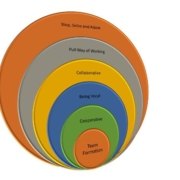The word “free” is often music to our ears. Free trial, free download, free music, we will take it all as long as there are no strings attached. This tangled web of strings, however, is what brings out the skeptic in us, and we start to believe that nothing is free.
Mobile app strategies left free trials in the dust and created a new tactic: the freemium. A crossbreed of “free” and “premium”, the freemium tactic encompasses (you guessed it) both free and premium services. This may seem like a great idea at first, but lest we remember: there is no such thing as a free lunch. Not to mention, freemiums can also damage your mobile app’s UX.











